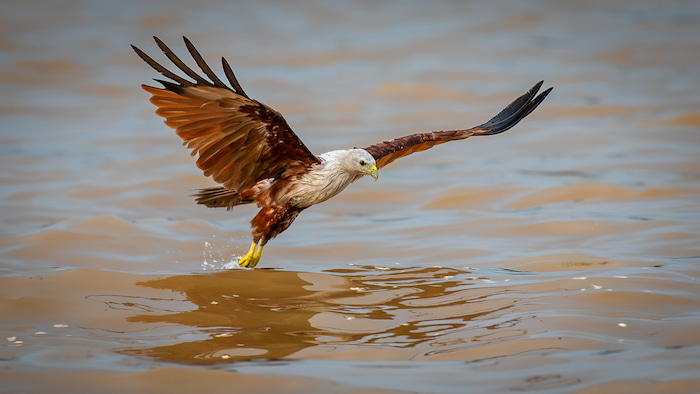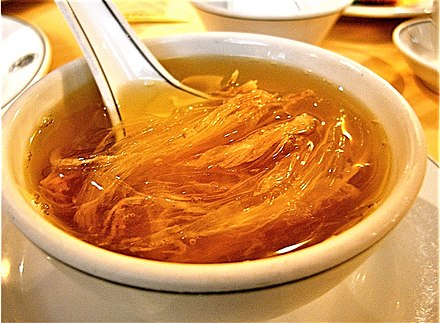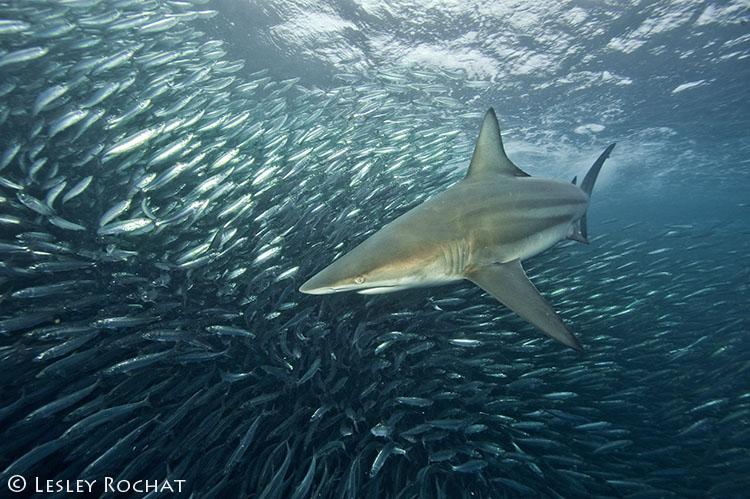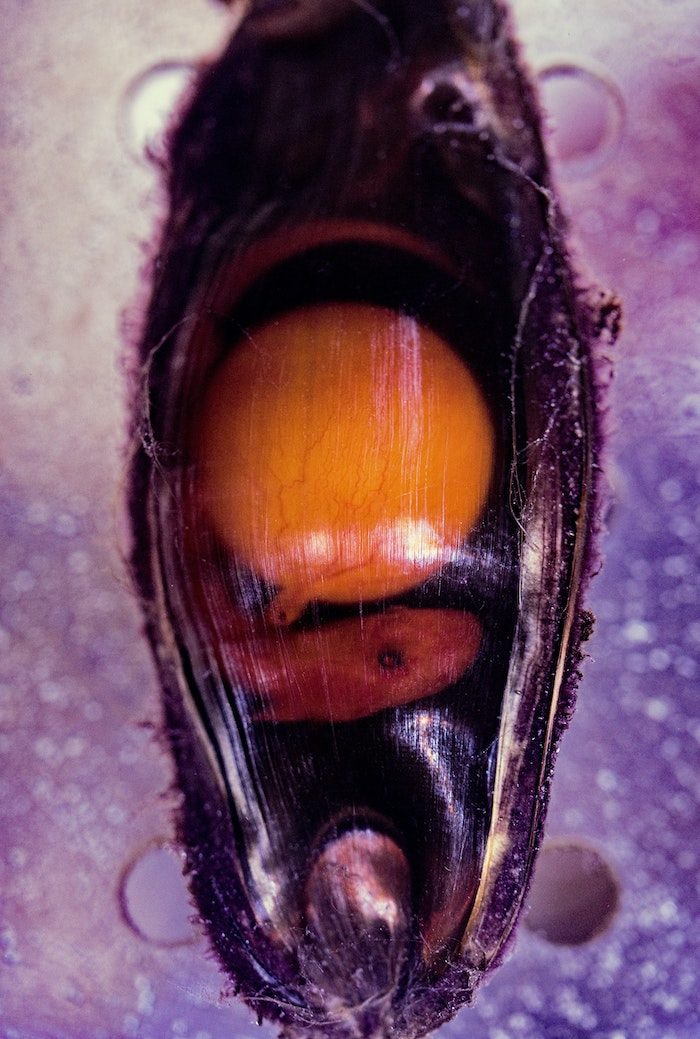Sitting in a bustling seafood restaurant in the heart of Sekinchan, I was at the crossroads of cultural tradition and conservation ethics. As the 'boss' of the meal proudly announced the shark dish before me, I was caught off guard—not just by the unexpected delicacy but by the weight of the decision ahead. How could I reconcile my deep commitment to shark conservation with the cultural immersion I had come to embrace?
Key Points
- In Sekinchan, Malaysia, shark meat dishes like shark fin soup are deeply rooted in Chinese cultural traditions, symbolizing wealth, status, and respect.
- Conservation Crisis: Global shark populations have plummeted by 71% due to overfishing, bycatch, and the demand for shark products, placing many species at risk of extinction.
- Navigating the delicate balance between cultural practices and environmental stewardship is crucial for preserving heritage and endangered species.
Malaysia has a sizeable Chinese community that maintains many Chinese traditions, from the massive Chinese New Year and Moon Cake Festival to the round-table shared meals. Some of these meals still include shark fins and shark meat, as I would experience on this significant occasion.

Sekinchan Rice Paddy at Harvest Time
Visiting Sekinchan a Popular Tourist Destination
Sekinchan is a traditional Malaysian Chinese fishing and rice farm village. The town is famous for its Chinese fish restaurants and rice paddy tourism. People worldwide come to Seckinchan to make a wish, write it on a ribbon, and place it on the town’s famous wishing tree, where you will find my ribbon at the temple. Other tourist attractions include sky mirror tours and eagle feeding tours, which I will cover in another article.

Brahminy kite, also known as the red-backed sea-eagle photographed at Selangor River
My trip was extraordinary and personally significant. I was invited by close friends who have been my beacon on this unfamiliar continent. One of the friends I joined was born in Sekinchan, and the trip was a rekindling of old friendships from childhood for her, many of whom she had not seen for many years. The town invited this strange white African with such warmth it brought tears to my eyes. Our weekend started with dinner celebrations and some live music. Later, the karaoke at a local pub went on until the early morning hours.
As a 95% vegetarian and someone who rarely eats seafood as part of that meal, I knew the next day would be a significant event and require a deviation. I confirmed to my friends, who knew my dietary preferences that I would eat what was served—a cultural immersion with new friends who already felt like family.
The next day, the restaurant the hosts chose for lunch is famous in the area and is known for being the best seafood restaurant and probably the locals' favourite. The restaurant is based in a very basic shed-type structure. The tables, menus, and other amenities are also very functional, with little attention to decorations. This place is all about the food. We arrive at our pre-arranged table as the rapidly growing crowd outside lines up at the door, hoping for a spot.

Chinese New Year Celebrations Kuala Lumpur
Shark Dishes: Malaysian Chinese Cultural Context
As I have experienced, part of Malaysian Chinese culture is the idea that a meal has a ‘boss’ of the meal. This is the person paying for the meal, the host. The friends argue about who will pay and even sneak off to pay while others are eating to be the ‘boss’. Our host ordered a selection of dishes for the table from what seemed a very foreign menu to me. This is a shared meal; it is all about friendship and community.
To my horror, as I continued to dish a selection of fish dishes, the ‘boss’ proudly pronounced that the dish I was about to eat was a shark. As I understand it, the meal included dogfish, a shark caught as part of a bycatch. Shark meat, a delicacy in the area, is offered on various fish restaurant menus in town. Just Google Sekinchan shark meat, and you will be provided with a selection of dishes: shark porridge, shark soup and signature shark dishes.
According to some locals, shark dishes, particularly shark fin soup, hold deep cultural significance in Malaysian Chinese communities. Historically, these dishes have been associated with wealth, status, and respect. Serving shark fin soup at weddings, banquets, and other significant events is seen as a way to honour guests and demonstrate prosperity. The dish's rarity and high cost have elevated it to a symbol of luxury and prestige within the community.

Shark Fin Soup Source: Wikipedia
Shark fin soup, in particular, is believed to have been a delicacy among Chinese royalty for centuries, and its consumption spread across Chinese populations worldwide, including in Malaysia. Though relatively flavourless, the gelatinous texture of shark fin is prized for its supposed health benefits, such as boosting energy and improving skin quality, though these claims lack scientific backing.
In recent years, there has been a gradual shift among younger Malaysians and conservation-minded individuals advocating for alternatives, such as using faux shark fin made from gelatin or other plant-based materials. However, the ability to distinguish between real and fake shark fin is often a point of pride, making the transition to alternatives slow and challenging.

Shark During Sardine Run by Lesley Rochat
Shark Conservation: A Global Crisis
So, what's the deal with sharks? I have been very vocal about shark conservation and have published some pieces in Conservation Mag, so I will highlight just a few points. In 2022, WWF’s Living Planet Report included a special feature on sharks due to their critical conservation importance. The report states that “the global abundance of oceanic sharks and rays has declined by 71% over the last 50 years, due primarily to an 18-fold increase in fishing pressure since 1970.”

Shark Embryo in Mermaid's Purse
The report further states: “The global abundance of 18 of 31 oceanic sharks and rays has declined by 71% over the last 50 years. This collapse in their abundance reflects an increase in extinction risk for most species. By 1980, nine of the 31 oceanic sharks and rays were threatened. By 2020, three-quarters (77%, 24 species) were threatened with an elevated risk of extinction. For example, the oceanic Whitetip Shark has declined by 95% globally over three generations and has moved from Vulnerable to Critically Endangered on the IUCN Red List.”
Sharks are threatened by the continued demand for shark products, overfishing, and bycatch. Their slow reproductive rates make it almost impossible for the market to be sustainable. So, how do we navigate the apparent disparities between traditional cultural norms and environmental pressures?
Traditional social norms and conserving sharks
The Sekinchan shark norms provide a microcosm of how our social structures intersect with our environmental impact. But Jesus was the one who said, "Let any one of you who is without sin be the first to throw a stone at her." In John 8:7-11 NIV. It is the same for our environmental impact. We all have our lifestyle impacts; for some, it is the car we drive; for some, the multiple houses; mine, at the moment, is the international flights I take to visit my kids and travel.
We are born into a culture, society, and lifestyle where occasions such as weddings have age-old traditions and hold high significance; only once we become aware of its impacts on the environment can we start doing something about it. Then, we still have a choice: we bury our heads in the sand and say it is not an issue, or we believe it is and do not change our lifestyle, or we change.
As we navigate the delicate balance between cultural traditions and environmental stewardship, we must reflect on our choices' impact on the world around us. Educate yourself, speak up, and consider alternatives honouring cultural heritage and the planet's future. Whether declining a dish or raising awareness, every small action contributes to the giant fight for conservation. Together, we can respect our past while ensuring a sustainable future for all species, including the sharks that desperately need our protection.
Maybe I should be bold in the conversation the next time I encounter a tradition that conflicts with my values. I am still working out the how.


